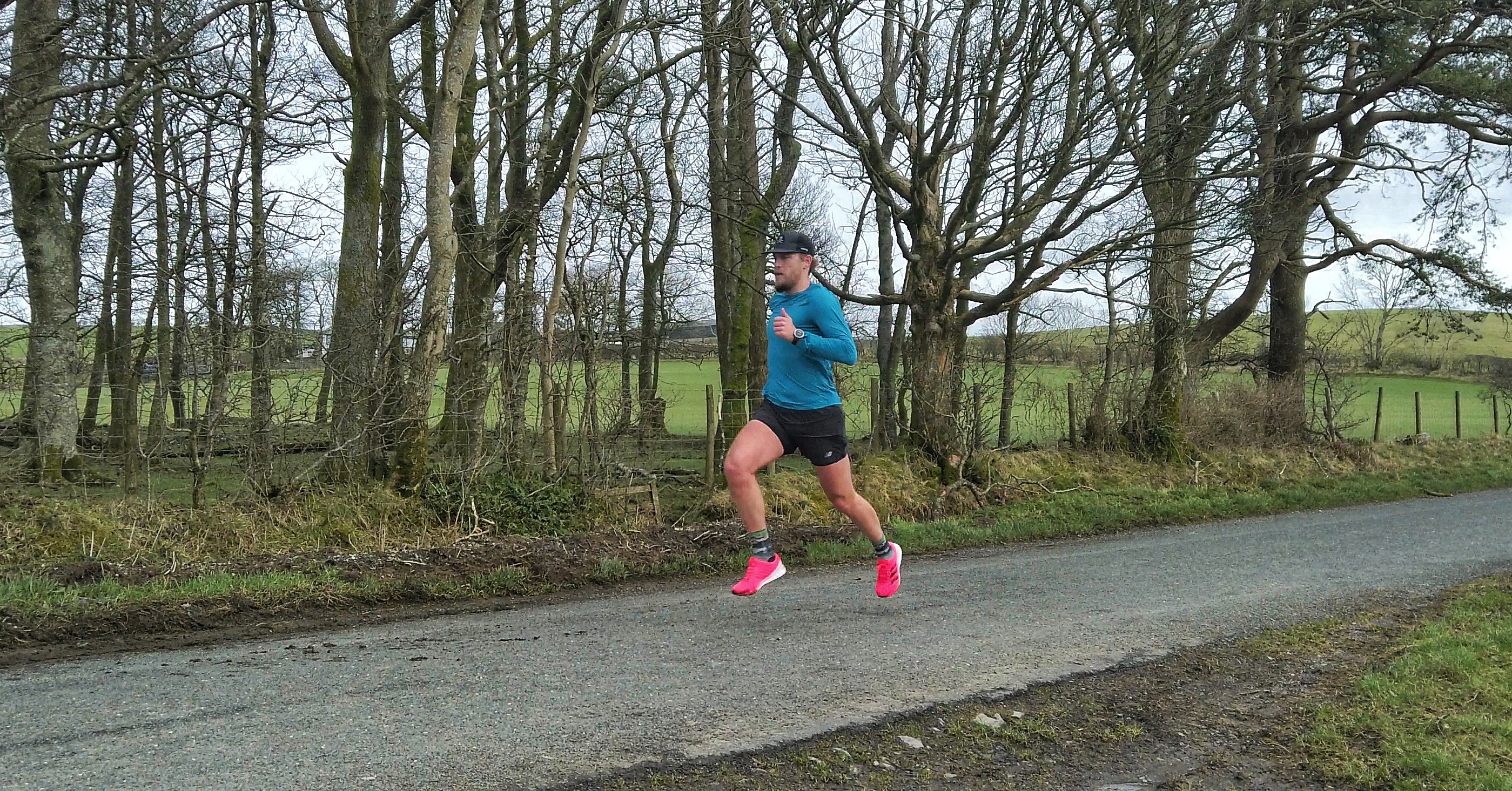The Art of Running to Feel
- Darren Haworth

- Oct 20, 2023
- 2 min read
Runners, no matter what distance or surface they're practicing for, should focus on how their body feels while running. Paying attention to factors like breathing, talking ability, and how hard the effort feels can help athletes perform their best in races.

1. Ventilatory Threshold (VT): This is the point where your breathing starts to get faster during exercise. Most of your training should be below this threshold. It's represented by green and blue shades on a color scale, indicating moderate effort.
2. Talk Test: This is an easy way to measure your effort. If you can comfortably talk during your run, you're below your ventilatory threshold. As your breathing gets harder, you can only manage short sentences. This indicates you're approaching your limits.
I talk a lot about this zone being the conversational pace, talking freely through your run!
3. Relative Perceived Exertion (RPE): RPE measures how hard you feel your body is working on a scale from 1 to 10, with 1 being very easy and 10 being maximum effort.

This graphic illustrates the various effort levels of the talk test overlaying with corresponding readings for RPE (relative perceived exertion) and heart rate zones as well as the durations that a trained individual should be able to sustain the effort in a race setting. By learning to measure your effort through breathing, speaking, and perceived exertion, you'll be better able to train intelligently and race strategically.
Understanding these concepts can help you train smarter and race better. By paying attention to your breathing, ability to talk, and how your body feels, you can adjust your pace and effort level accordingly. It's like having your body's own built-in guide to running efficiently!







Comments